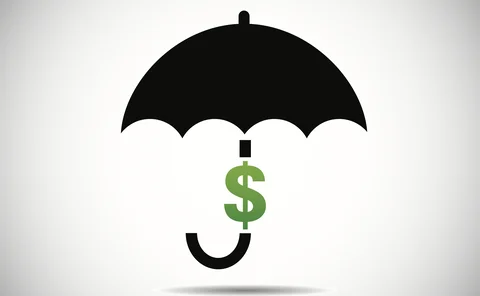Counterparty credit risk
Termination rights protocol due by end of September
But concerns remain about effects on resolution and capital requirements
Credit exposure models backtesting for Basel III
The Basel Committee on Banking Supervision has introduced strict regulatory guidance on how to validate and backtest internal model methods for credit exposure. Fabrizio Anfuso, Dimitrios Karyampas and Andreas Nawroth incorporate these guidelines into a…
Adapt and thrive: How Numerix evolved beyond pricing and analytics to become a leader in risk
Sponsored feature: Numerix
Energy markets need more than second-hand credit models
Financial models fall down in energy markets, argues Kaminski
The optimisation of everything: OTC derivatives, counterparty risk and funding
Content provided by IBM
Exposure under systemic impact
Wrong-way risk (WWR) behaves differently for exposures to systemically important counterparties because their default has the potential to move financial markets before the close-out. Michael Pykhtin and Alexander Sokol show how the traditional exposure…
Basel III counterparty credit risk approach unsuitable for low-volatility Asian currencies
Low volatility among some Asian currencies results in overly prudent risk analysis
Wrong-way risk, credit and funding
The risk of exposure and counterparty default probability both increasing – so-called wrong-way risk – is usually understood in terms of the correlation between the two variables. But this approach is focused more on the centre of the distribution, and…
Lack of local currency OIS markets problematic for Asia banks
The move towards OIS discounting is proving difficult enough for banks in US and European markets but firms in Asia are facing the added difficulty of a dealing with multiple currencies
CVA exemptions should be rolled out globally – Risk.net poll
Three quarters of survey respondents believe regulators should copy the European Union’s CVA exemptions for trades with corporates, pension funds and sovereigns
Wrong-way risk, credit and funding
The risk of exposure and counterparty default probability both increasing – so-called wrong-way risk – is usually understood in terms of the correlation between the two variables. But this approach focuses more on the centre of the distribution. This…
CDSs, CVA and DVA – a structural approach
CDSs, CVA and DVA – a structural approach
Cutting Edge introduction: Wrong-way risk and the limits of correlation
Traditional models for wrong-way risk focus on the correlation between default and exposure – a blunt tool for a tail risk. Alternatives are thin on the ground, but a scenario-based approach may provide some fresh insight. Laurie Carver introduces this…
Wrong-way risk, credit and funding
Wrong-way risk, credit and funding
Closing out DVA
Closing out DVA
DVA for assets
DVA for assets
Closing out DVA
Closing out DVA
Energy market focuses on counterparty risk
Avoiding counterparty meltdown
High yield bond funds are an emerging risk: SFC video interview
Investors increasing their exposure to high yield bond funds is an area of concern, according to Bénédicte Nolens, head of risk and strategy at the Securities and Futures Commission
The impossibility of DVA replication
The impossibility of DVA replication
Structured Products Asia: Short-term opportunities in the spotlight
Short-term saviours
Cooking with collateral
Cooking with collateral




















